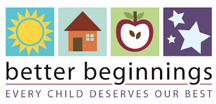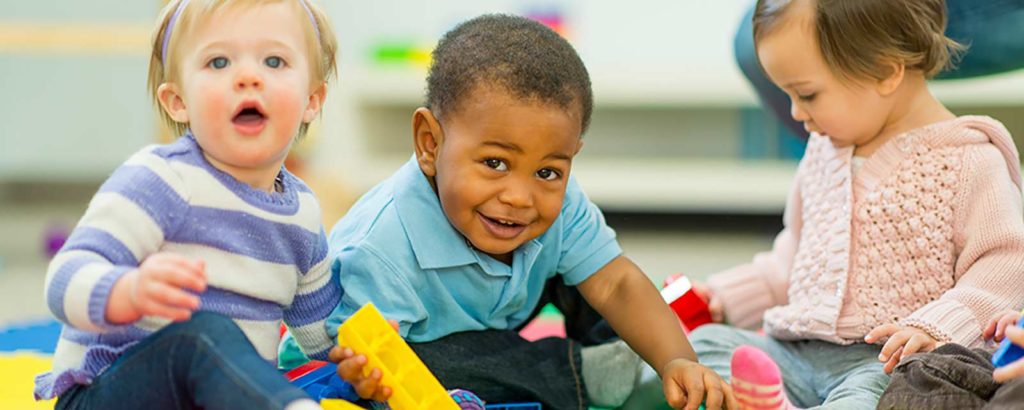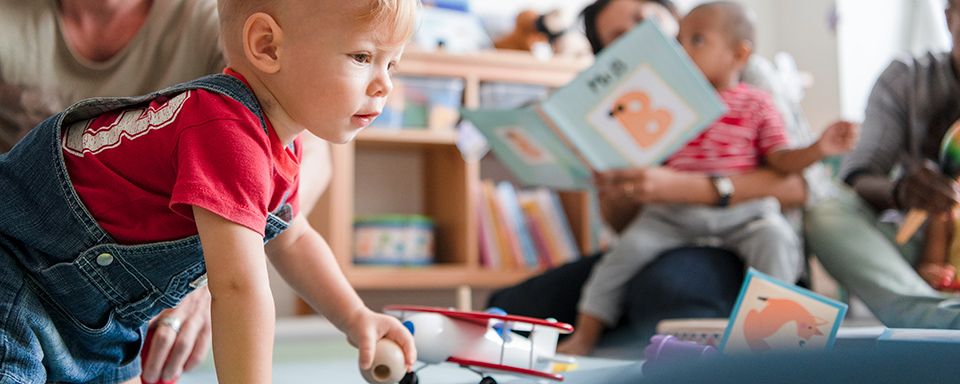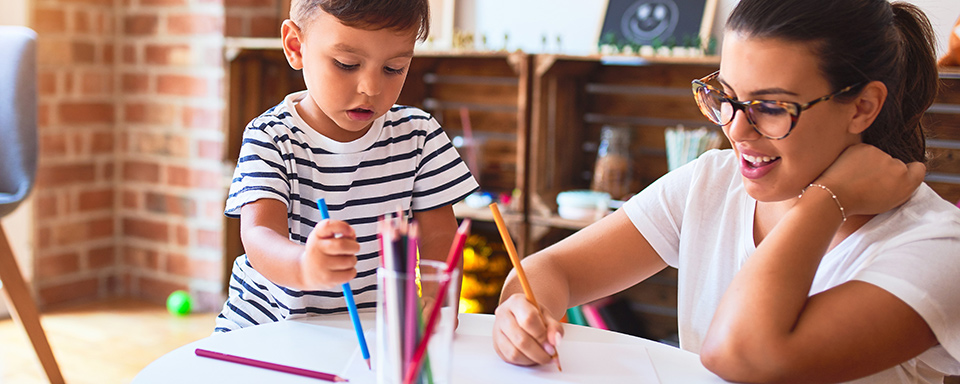Invite your child to think and solve problems.
Focus on Kindergarten Readiness Indicators
- Completes a task such as working a puzzle
- Engages in memory games such as, “What’s Missing?” or simple memory activities
- Recognizes that living things change over time, for example, babies grow and become adults, and seedlings grow and become plants
- Asks questions about the world around them, for example, “What do plants need to grow?”
Activities by week
WEEK 1
Collect materials that encourage thinking and problem-solving.
- Cut out pictures of things that go together and paste each picture on a separate card. Examples of pictures to collect include:
- Shoe and sock
- Flowers and vase
- Baseball and bat
- Collect real objects that go together. Examples to collect include:
- Cup and saucer
- Hammer and nail
- Comb and brush
- Cut out pictures your child can put in order and paste each picture on a separate card. Have sets of three picture cards. Here are examples:
- Baby, boy, and man
- Planting flower seeds, flowers growing, and picking flowers
WEEK 2
Involve your child in discovering things that go together.
- Begin with collecting real objects that go together.
- Place the collected objects on a table or the floor. Make sure that objects that go together are separated from each other.
- Ask your child to find the two objects that go together.
- Invite your child to tell you why the two objects go together.
- Use pictures next
- Lay the picture cards of things that go together face up on the table or floor. Make sure pictures that go together are separated from each other.
- Ask your child to find the two picture cards that go together and tell you why they do.
WEEK 3
Play pattern games with your child.
- Create a movement pattern and ask your child to repeat it. For example:
- Step, step, jump – step, step, jump (take two steps forward, then jump)
- Clap, clap, pat – clap, clap, pat (clap your hands twice, pat your knees once)
- Start a pattern using objects and ask your child to “Make a pattern like this one.”
- With eating utensils: fork, spoon, fork, spoon
- With colored counting bears: red, yellow, red, yellow
WEEK 4
Encourage your child to put pictures in order.
- Give your child three photos from different ages: baby, toddler, and now. Ask your child to put the pictures in order, starting with the youngest picture.
- Invite your child to put in order a set of the picture cards you have made, for example, a baby, boy, and man.
- Continue this activity with other photos or pictures. For example, you might use three photos of other family members at different ages.
Additional Ideas
Make and purchase puzzles for your child to complete. Cut up greeting cards or the front of a cereal box in puzzle-like shapes. Give your child the cut-up pieces to fit back together.
Cut up a vinyl placemat in puzzle-like shapes. Use placemats with designs. Give your child a cut-up placemat to fit the pieces back together. Store the puzzle pieces in zip lock bags. Purchase puzzles at dollar and discount stores and garage sales.
Special Activity
As the weather changes, plant items together. Use household items for growing containers (such as egg cartons) and watch how the seeds sprout. Discuss how things change over time and what plants need to grow.
Suggested Books to Read with Your Child
The Carrot Seed by Ruth Kraus, Crockett Johnson, illustrator
Growing Vegetable Soup by Lois Ehlert
If You Give a Pig a Pancake by Laura Numeroff, Felicia Bond, illustrator
What If Everybody Did That? by Ellen Javernick and Colleen Madden







